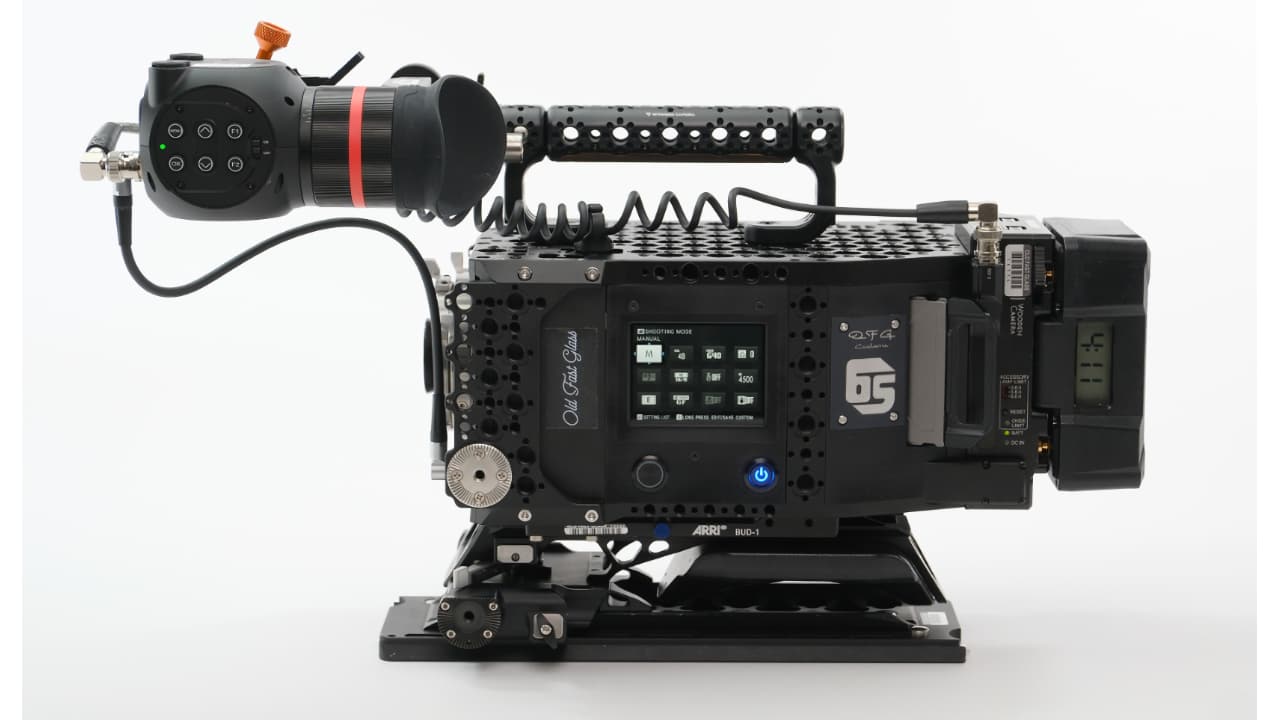
Phil Rhodes kicks off his previews of what will be on show at IBC2024 with his thoughts on the current state of the camera market.
In a few weeks, that part of the film and television world which lives within striking distance of the Netherlands will convene in Amsterdam to gaze longingly at new technology. There’ll be all kinds of things to look at, though some are typically more fascinating than others. IBC usually has a lot of seminars on radio spectrum allocation, exhibits of technical furniture, and people demonstrating the red lights which go on top of transmitter masts. While that’s clearly a critical (if vertigo-inducing) subject, it’s generally enough for most of us to know that there are people in the world who care enough to keep flying machines from crashing into things.
Happily, IBC2024 is also likely to involve exhibits which are more directly relevant to those of us who make a living shepherding photons into a lens. Many new ideas are likely to be old ideas with bigger specifications. Some ideas may be genuinely new, and that’s now hard enough in such an established artform as film that it’s worth extra attention when it happens.
Looking ahead to IBC2024
Canon, for instance, is a company that’s spectacularly successful in broadcast and independent filmmaking, but often rather overlooked at the high end of feature films and TV drama. That’s despite some excellent in-house sensor tech including certainly the best autofocus ever built. It was only really possible because the company makes both the sensors and the lenses. It doesn’t use ultrasound or lasers or radar, and it’s about the closest anyone has ever got to convincing professionals that pushing any sort of auto button is not some sort of religious crime. Expect it to have news.
In terms of sheer imaging performance, it’s hard to forget the OFG Customs 65 which we saw at NAB. Rebuilding Fujifilm’s mighty GFX 100 II into a cinema camera is the sort of approach that will attract a certain kind of accept-no-substitute purist. It’s not actually the highest resolution video camera around, but the fact that we can say that about a camera with 8K onboard recording is shocking enough. It’ll record 8K at 30 frames internally, and Atomos has recently been keen to talk about integration with Fujifilm which allows the Ninja and Shogun series to record the mighty GFX at 4K resolutions.

Blackmagic's URSA Cine 12K
Blackmagic, of course, still wins the numbers game. There are now three cameras in the company’s 12K line, with even more announced. What perhaps matters most here is that the company now offers a 12K camera with an optical low pass filter in it. That’s something some of the company’s offerings overlooked in the past, but what matters is that the 12K sensor was never really about sharpness. It’s diffraction limited beyond about f/4 anyway. Adding an OLPF should make it somewhat more predictable and make the most of the very dense sensor in terms of colour performance, which is more to the point.
Given all this, if it was ever unclear, it’s now crystal clear that performance is not what has kept many manufacturers from occupying a larger chunk of the single camera drama market in the past. If anything, it’s probably the opposite: high density modern sensors with modern servo lenses are often so blisteringly, blazingly sharp, so contrasty and precise, that people end up piling on the filtration to keep the fine detail in check (incidentally, look out for new filters - but we can’t say too much, sadly.)
What all this tells us overall is that there are often many ways to solve problems. After all, it’s not hard to find two people willing to argue the benefits of a set of Canon’s Sumire primes over a C-series camera with razor-sharp autofocus from the very same company. Manufacturers seem keen to offer us both traditional and new things. As long as there are companies out there willing to keep building both, like oil paints and watercolours, it’s not a choice anyone is forced into making.
tl;dr
- The film and television industry will gather in Amsterdam to explore new technology at IBC2024, with a focus on technology, equipment, and innovation relevant to content creation.
- Canon is highlighted for its success in the broadcast and independent filmmaking sectors, offering advanced sensor technology and autofocus capabilities.
- The introduction of the OFG Customs 65 and Blackmagic's URSA Cine 12K cameras demonstrates a trend towards higher resolution and advanced features, catering to different filmmaking needs.
- The industry's emphasis on problem-solving and offering a variety of traditional and modern tools reflects the diversity of preferences and approaches in content creation.
Tags: Production Cameras IBC2024


Comments